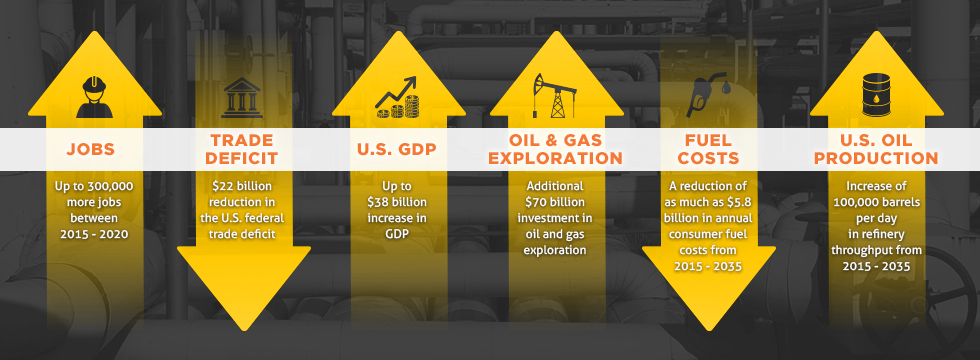The pressure on Washington to lift the ban on crude oil exports has steadily increased in recent months. With exports of refined petrochemical products like diesel, condensate, and liquefied natural gas (LNG) rising – and imports of crude oil falling – many industry experts say that the future of energy security in the US is stronger than it has ever been.
Current crude oil export policies were put in place to align with an oil market that no longer exists. And as production from rich shale plays continues to transform America’s energy landscape and propel the US back to its position as a world leader in oil and gas exploration, the export ban is simply getting in the way.

